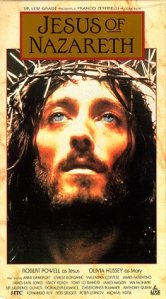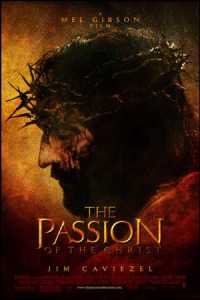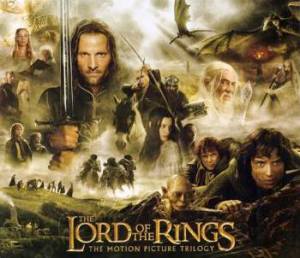We are now officially in the second week of the Lenten season (for a real short video presentation on Lent, go to http://www.youtube.com/watch?v=Vm3JK7JYAKs&feature=player_embedded).
For those of you who observe Lent and for those of you who don’t, but would like to try and “get at” what we are observing during this season, here are some movies that you may want to check out between now and Easter Sunday.
The Way (2010)
Emilio Estevez’ remarkable mini-epic “The Way” follows the journey of California optometrist Tom Avery (Martin Sheen), whose son, Daniel (Estevez), died while walking the historic “Way of St. James” in the Pyrenees. Not a particularly religious man, Avery nevertheless chooses to take the journey in his son’s place, carrying his ashes with him as he does so.
The film is a beautiful, emotional, and deeply personal exploration of a physical and spiritual journey that I think anyone can appreciate.
The Tree of Life (2011)
From the Big Bang to babies, from happiness to suffering, from family to faith, from sibling rivalry to death, Terrence Malick’s “The Tree of Life” is without a doubt (in my humble opinion, anyway) the most moving film of the last half-decade. The film communicates a sort of sacramental view of creation and human life. Through a highly poetic visual and cinematic style, Malick suggests — through a world of the ordinary and everyday — a creation that is haunted by a mysterious and holy presence.
I have to say, there are few films that move me immediately to prayer, and this is one of them. If you want a movie that stirs up the sense of being personally loved by a God who invites you to love Him, see “Tree of Life.”
The Mission (1986)
Roland Joffé’s 1986 period piece “The Mission” is a great look at the work of Jesuit priests fighting for the rights of natives in 18th century South America. Fr. Gabriel (Jeremy Irons) is an especially shining example of selfless Christian love and resistance to oppression through nonviolence.
Of Gods and Men (2010)
Based on the true story of Trappist monks facing death at the hands of militant rebels in 1990s Algeria, “Of Gods and Men” is a deep and profoundly affective story of fidelity, forgiveness, and sacrifice.
Jesus of Nazareth (1977)
(Trailer unavailable)
If you have some time on your hands, see if you can get a hold of Franco Zeffirelli’s epic miniseries “Jesus of Nazareth.” Well-directed, well-written, and featuring very good performances, “Jesus of Nazareth” really accentuates the mercy of Jesus and His healing mission in the world. I would especially recommend this film to people who struggle with scrupulosity and negative images of God.
The Passion of the Christ (2004)
(Trailer unavailable)
And of course, if you’re up to it, try to check out Mel Gibson’s “The Passion of the Christ.” Yes, it’s visceral. Yes, it can be very disturbing. But for Christians, it is an excellent source of meditation on how much it cost God to redeem us “while we were yet sinners” (Romans 5:8).
And last, but perhaps not least…
The Lord of the Rings (Trilogy)
Yes, Peter Jackson’s unparalleled films based on J.R.R. Tolkien’s epic fantasy trilogy are wonderful Lenten fare. Why? Because they deal with such themes as self-sacrificing love, the value of suffering, and heroic virtue. They can inspire people to change their lives, if they let them.
For those of you who are interested, here is a link to the first of two videos featuring Fr. Robert Barron’s commentary on “LOTR”: http://www.youtube.com/watch?v=Pio5pf-Eoi8.
There you have it. Until next time, take care, and God bless.











